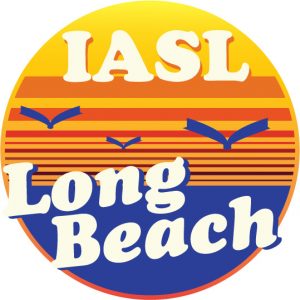Resource-Type Descriptions For School Library Resources: Australian and New Zealand school library staff prefer user- friendly classifications to RDA and GMD vocabularies
DOI:
https://doi.org/10.29173/iasl7151Keywords:
resource type, GMD, RDA, descriptive metadata, school librariesAbstract
Descriptions of resource type assist students to discover resources. Under AACR2, bibliographic records contained the general material designation as a "first stop" in identifying typeness. Under RDA three controlled vocabularies describe content, media and carrier type. These went some way to address criticisms of GMD, however the language of the RDA terms is criticised as being unintuitive to users, and dispersing the description over three facets presents its own problems. In this context, libraries struggle to decide how to represent typeness to their end-users (Ou & Saxon, 2014). The Schools Catalogue Information Service (SCIS) provides high quality, consistent MARC records to schools internationally, including over 93% of Australian schools. SCIS ceased cataloguing of GMD in 2017 after four years of cataloguing records containing both GMD and RDA values. In 2016, SCIS surveyed 1212 Australian and New Zealand school library staff as a first stage in researching an alternative vocabulary incorporating user-friendly type (UFT) terminology. Results indicate that school library staff preferred UFTs to GMD and RDA terms and, where applicable, preferred terms where resource format is qualified in parentheses.




